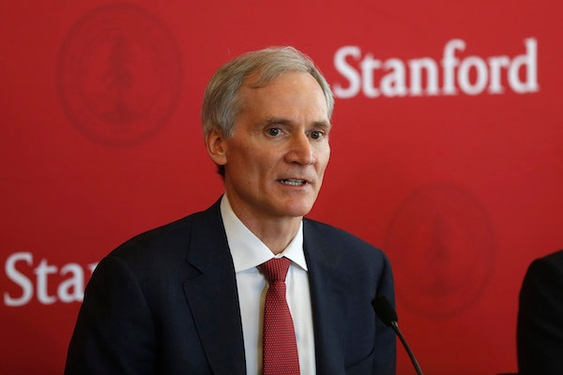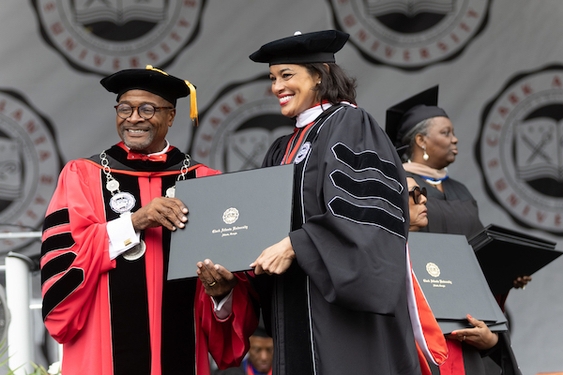Coursera’s co-founder Andrew Ng acknowledges, "[Many people] would have never been able to take a Princeton or Caltech class —that may now change," in an interview with The Huffington Post.
Ng, along with Daphne Koller, both Stanford computer science professors, founded a company that is primed to change the entire online-education system, offering free web-based courses from top universities in one place.
Coursera’s original partners, Stanford, the University of Michigan, Princeton, the University of Pennsylvania and the University of Edinburgh and their combined 43 courses drew 680,000 students from the get-go.
Now with the California Institute of Technology, Duke University, the Georgia Institute of Technology, Johns Hopkins University, Rice University, the University of California at San Francisco, the University of Illinois at Urbana-Champaign, the University of Washington, the University of Virginia, the University of Toronto and EPF Lusanne joining the wave, millions around the world are expected to enroll in the more than 100 massive open online courses (MOOCs) available this fall.
At the moment, there are no payments from either Coursera or the universities, but if a revenue stream were to come up, the earnings will be split between both parties. Eventually, the year-old company must figure out how to be self-sustaining (payment for course credit and premium services are options), but for now, with $16 million of venture capital from L. John Doerr at Kleiner and Scott Sandell of New Enterprise Associations, and almost $4 million in equity investment from Caltech and Penn, figuring out this movement is everyone’s sole concern.
After all, there are still plenty of questions in the air about Coursera and companies like it.
For instance, why are well-paid professors putting out their materials online for free? Scott E. Page, a University of Michigan professor, explains in an interview with the New York Times, “Most of the time we have five people listening to us,” and when 40,000 students downloaded his Coursera model thinking course, “by most calculations, I had about 200 years’ worth of students in my class.” Professors will also gain wider feedback about their teachings, and some are using their online materials in class as well.
Will MOOCs eventually take over enrollment at universities altogether? Surprisingly, that is of little concern to professors, because MOOCs are mainly designed for anyone older than 22, retired people and international students. Some are using the courses as a refresher of their knowledge. Page asserts that there is no substitute for how campuses help people transition from 18 to 22.
Another question that rises is will MOOCs ever offer credit? For now, most MOOCs only offer a “statement of accomplishment” and a grade, alongside their materials like short videos, quizzes, activities and forums where students can help each other out (though reports are that some classes offer credit, most likely for a fee). Co-founder Koeller told the NY Times, “We are not planning to become a higher-education institution that offers degrees, but we are interested in what can be done with these informal types of certification.”
In addition, Antonio Rangel, a Caltech professor whose Principles of Economics class will be accessible, asserts, “I would not want to give credit until somebody figures out how to solve the cheating problems, and make sure that the right person, using the right materials, is taking the tests,” he explained in the NY Times article.
Besides no fix for cheaters, there are still plenty of things to wonder about Coursera – like the establishment of a peer-based subjective grading system for humanities courses like poetry – but professors and students alike seem to be excited to figure it out together, all behind their computers.
To find out more, visit coursera.org.




